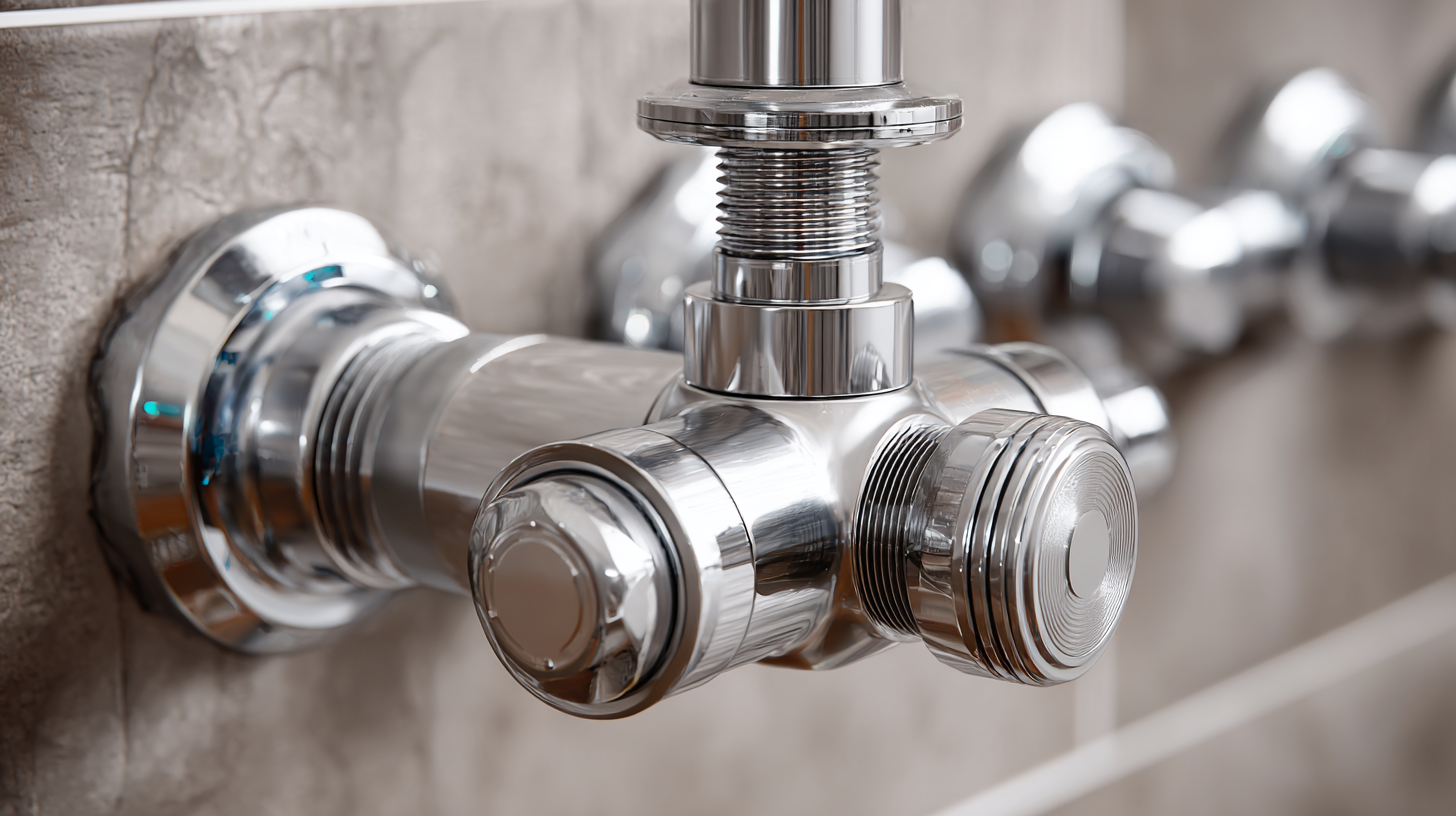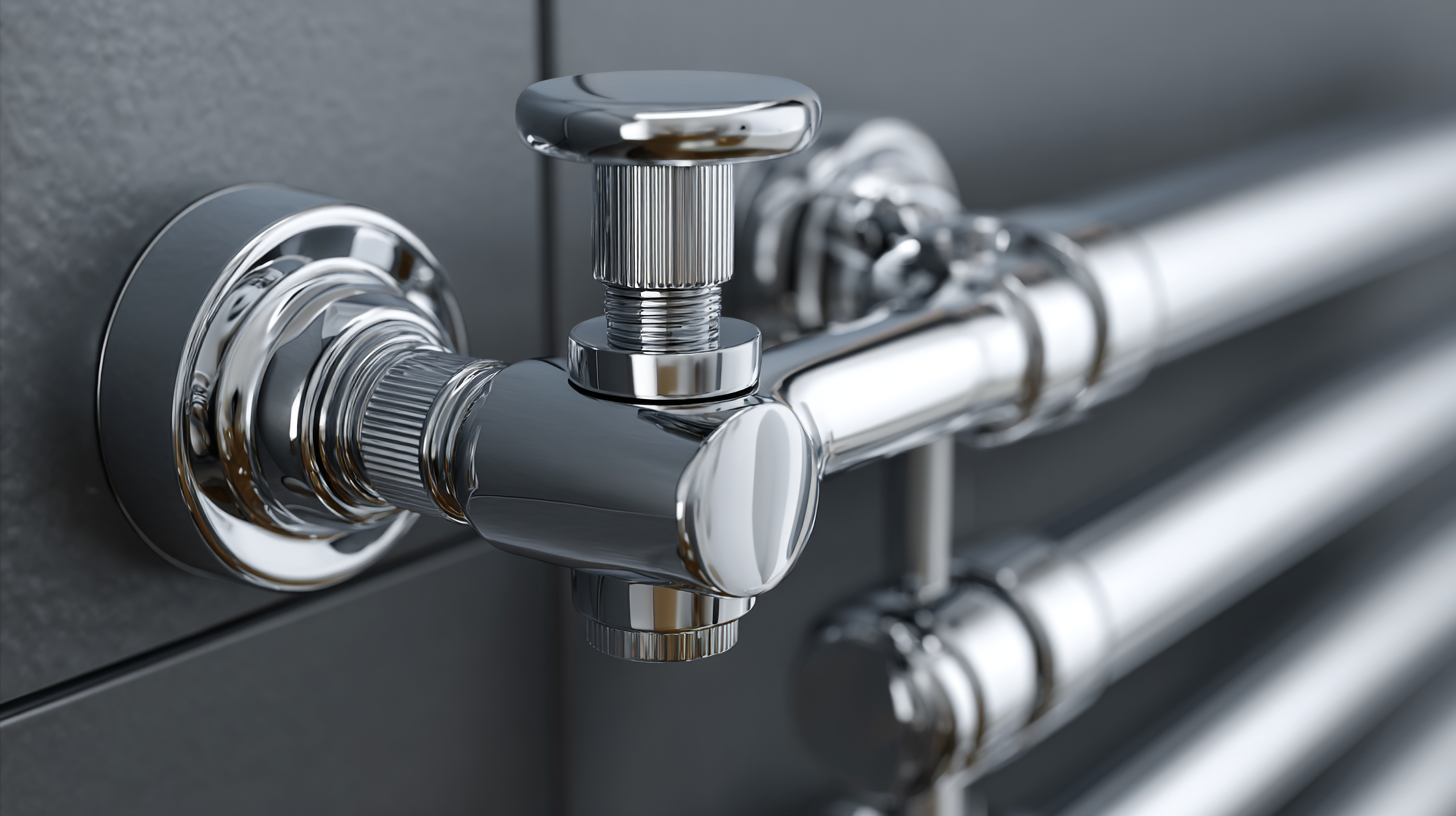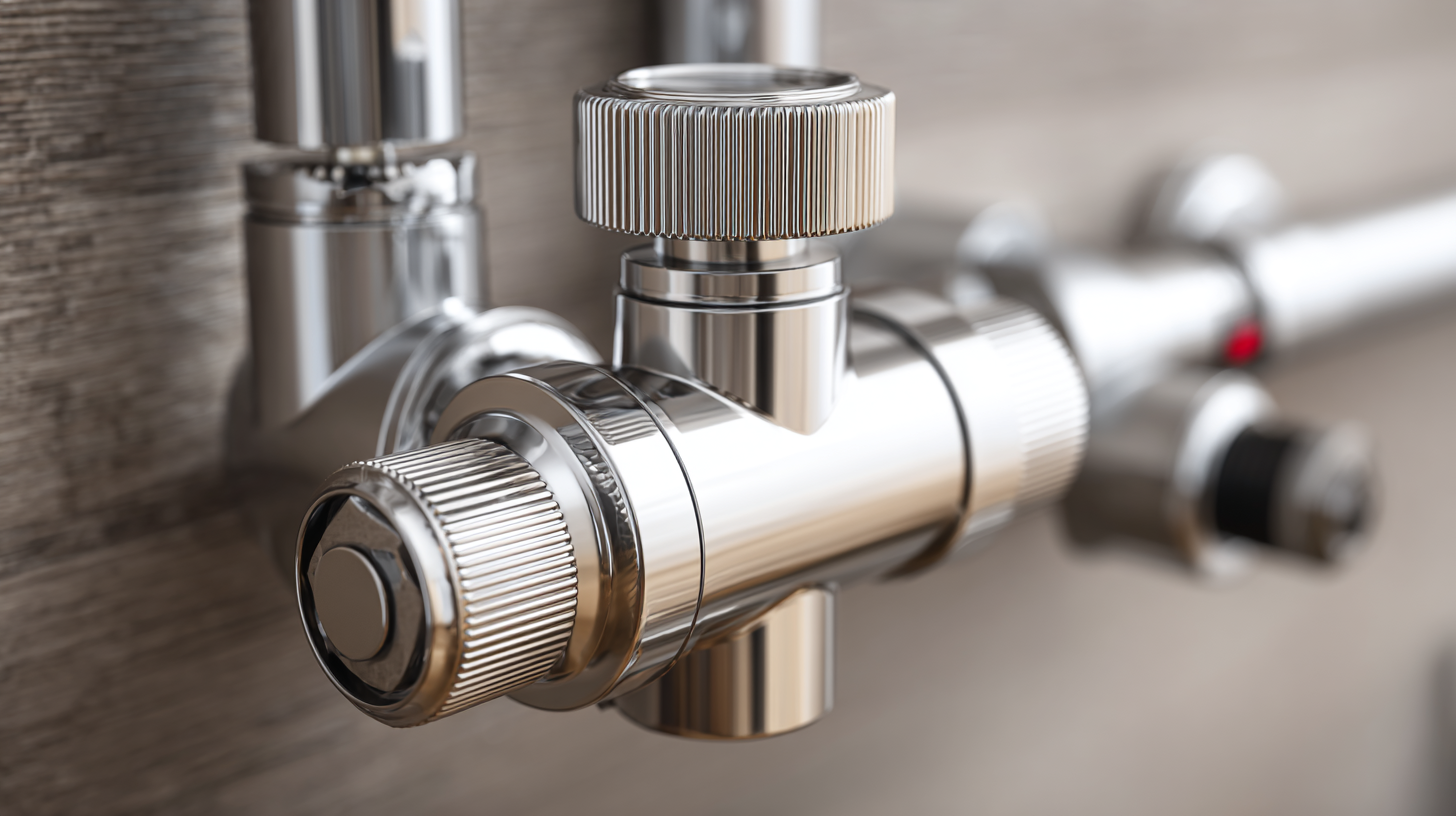In modern heating and cooling systems, the significance of selecting the right Thermostatic Valve cannot be overstated. According to a report by the Global Energy Agency, inefficient temperature control systems can result in energy consumption that is up to 30% higher than necessary, leading to increased operational costs and environmental impact. Thermostatic Valves are crucial components that regulate temperature and improve energy efficiency by automatically adjusting the flow of the heating medium in response to changes in temperature. A study conducted by the Heating and Hotwater Industry Council indicates that the proper use of Thermostatic Valves can enhance system performance by 20% or more, ultimately contributing to significant savings over time. Thus, understanding the importance of choosing the best Thermostatic Valve for your system is essential for optimizing both comfort and energy efficiency.

Thermostatic valves play a crucial role in temperature control systems, ensuring that your environment remains comfortable and energy-efficient. By regulating the flow of hot or cold water through heating and cooling systems, these valves maintain consistent temperatures across various settings. Properly functioning thermostatic valves can enhance the performance of your HVAC system, leading to reduced energy consumption and lower utility bills.
When selecting a thermostatic valve, consider the system's specific requirements and compatibility. Make sure to choose a valve that matches your system’s specifications, including pressure, flow rate, and temperature range. Additionally, regular maintenance is essential; check for any buildup or wear that could affect its performance.
Tip: Always consult with a professional to ensure you’re choosing the right type of thermostatic valve for your specific application. Proper installation is also vital, as incorrect placement can lead to inefficiencies. Another tip would be to monitor your system’s performance after installation; this way you can quickly address any inconsistencies that arise and ensure optimal functionality.
When it comes to optimizing heating systems, selecting the right thermostatic valve is crucial. A comparative analysis of different types of thermostatic valves reveals distinct advantages and operational efficiencies. For instance, traditional mechanical valves are commonly utilized in many residential settings, boasting simplicity and reliability. However, recent industry reports indicate that electronic thermostatic valves can provide more precise temperature control, often improving energy efficiency by up to 30%. This precision is critical in maintaining consistent comfort levels and reducing energy consumption.
In the commercial sector, smart thermostatic valves have emerged as a game-changer. According to a report from the International Energy Agency, integrating smart technology into heating systems has the potential to achieve energy savings of 15-25%. These valves facilitate real-time adjustments based on occupancy and environmental changes, making them ideal for dynamic spaces. The inherent adaptability of these systems not only enhances user comfort but also aligns with global sustainability goals. Therefore, understanding the differences among thermostatic valve types is essential for any system design or upgrade, ensuring that investments are directed towards the most efficient and effective solutions.
| Valve Type | Application | Control Mode | Response Time | Cost |
|---|---|---|---|---|
| Mechanical Thermostatic Valve | Heating Systems | On/Off Control | Slow (minutes) | Low |
| Electronic Thermostatic Valve | Cooling and Heating Systems | PWM Control | Fast (seconds) | Medium |
| Bi-directional Thermostatic Valve | Radiant Floor Systems | On/Off Control | Moderate (seconds) | High |
| Pressure-Independent Thermostatic Valve | Chilled Beams | Continuous Flow Control | Very Fast (sub-seconds) | Very High |
When selecting a thermostatic valve for your system, it's crucial to consider several key features that can impact performance and efficiency. First, the sizing of the valve is essential. A correctly sized valve ensures optimal flow rate, preventing issues such as pressure drops or imbalanced heating. It's vital to check the manufacturer’s specifications to match the valve capacity with your system's requirements.
Another important aspect to examine is the temperature control range. Different systems have varying temperature needs; thus, choosing a valve that accommodates your specific temperature requirements will enhance system responsiveness and energy efficiency. Additionally, look for valves with reliable and durable materials that can withstand environmental factors and provide longevity. Features like easy installation and maintenance should also be prioritized to ensure hassle-free operation over time, making your choice both practical and cost-effective.

Thermostatic valves play a crucial role across various industries by ensuring precise temperature control and enhancing energy efficiency. In the plumbing sector, for example, thermostatic mixing valves (TMVs) are integral components designed to prevent scalding and deliver water at a safe temperature. Their ability to mix hot and cold water before it reaches the tap protects users, especially children and the elderly, from extreme temperatures. This function is increasingly important as building regulations encourage the adoption of safety measures in residential and commercial spaces.

In the heating industry, thermostatic radiator valves (TRVs) are instrumental in managing energy consumption. By allowing individual room temperature control, they help reduce energy bills and enhance comfort. Recent studies indicate that using pre-set TRVs can significantly lower energy usage in homes, which is vital as we become more conscious of environmental impacts. Smart technology further amplifies this benefit, enabling users to program and remotely manage heating systems, thus optimizing performance and efficiency. As industries continue to adopt advanced thermostatic solutions, the focus on safety, energy savings, and user comfort will likely drive their widespread application.
Choosing the right thermostatic valve for your heating or cooling system is crucial for maintaining optimal efficiency. The quality of the valve directly impacts the system’s performance. A high-quality thermostatic valve responds accurately to temperature changes, ensuring consistent indoor comfort and reducing energy waste. In contrast, a poorly manufactured valve can lead to fluctuating temperatures, increased energy consumption, and higher utility bills.
Tip: When selecting a thermostatic valve, consider materials and construction. Valves made from durable materials like brass are more reliable and offer better thermal conductivity. Look for products with robust seals to prevent leaks and maintain system integrity.
Moreover, a good thermostatic valve can significantly extend the lifespan of your system. By enabling precise temperature control, it reduces the strain on HVAC components, preventing premature wear and tear. Investing in a superior valve can provide long-term savings and enhance system performance.
Tip: Always consult a professional when installing valves. Proper installation is crucial for achieving the desired efficiency and performance from your system. A technician can ensure that the valve is correctly sized and positioned, maximizing its effectiveness.
